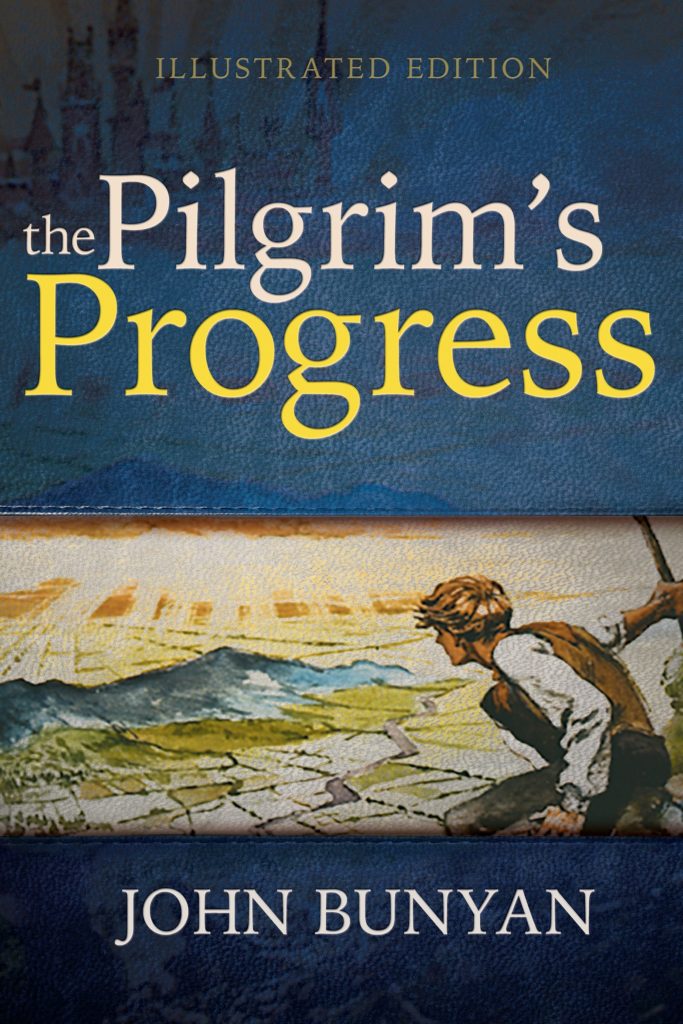

Later that day, as the Pilgrims continued their exploration, a storm developed - their boat was blown across Cape Cod Bay to what is now known as Plymouth. “The Nauset probably felt they had won because the English people sailed away and left them alone.” “The Mayflower party felt that they had won because the Nauset fighters pulled back after this firefight,” Saxine said.

Saxine said both sides felt they had won what was the first violent engagement between the Native Americans and the European settlers who would later colonize Plymouth. Although the Pilgrims and Nauset engaged in a brief firefight, there is no record of any deaths or injuries. Pilgrim records say the Nauset attacked once the Pilgrims had pulled their small boat ashore after spending the day exploring along the coast and were camped out near the beach. The natives had been tracking the Pilgrims’ movements since they arrived but didn’t confront them until a month later. They had to, I'm sure, take a step back and say, ‘Something's different about this group, and their motivations are different,’” said Steven. “For the first time, they actually saw women and children stepping off the boat. Paula Peters’ son Steven, who is also working with the Provincetown museum to reframe its exhibit, said that there was one big difference between those previous meetings and the Pilgrims’ arrival: they weren't just visiting. There is evidence that the inhabitants of the Outer Cape had interacted with European sailors from Portugal, England and France for at least 200 years. Ian Saxine of Bridgewater State University. The First Encounter, Peters said, was not so much an attack on the English settlers as the Wampanoags defending themselves and their culture.Īnd, the meeting in Eastham depicted in the painting wasn't actually the Wampanoag’s first encounter with Europeans, said Dr.

And the Wampanoags also remembered that several years earlier, an English captain captured 27 Native Americans and took them back to England to be sold as slaves. The Wampanoags, she said, saw the English settlers as a threat and had good reason to do so.ĭesperate for food, the Pilgrims had stolen corn and robbed graves.

The painting doesn’t reflect reality, said Peters. And while the natives are depicted as hostile attackers, the Pilgrims are seen as valiantly defending themselves. The painting depicts the Pilgrims as individuals, while the Wampanoag’s faces are all the same. The Wampanoags are wearing buckskin chaps and feathers that they would never wear - Peters likened it to a “Halloween costume” - and their hair styles are Mohawk-like, which are far from accurate. On a recent day, Paula Peters, a member of the Wampanoag tribe who is working with the museum to renovate the exhibit, pointed to a painting on the wall depicting the First Encounter. In the coming year, Executive Director David Weidner said the museum will be renovating the exhibit - created in the early 1970s - replacing paintings and descriptive texts to more accurately tell the story. The Pilgrim Monument Association and Museum in Provincetown is home to an exhibit in its “Pilgrim Wing” that tells the story of this first meeting, which occurred in present-day Eastham. Before settling in Plymouth and after anchoring in what is now Provincetown Harbor, the Pilgrims first met the Nauset tribe of the Wampanoag Nation. Included in this often one-sided version of history is the story of the “First Encounter” on Dec. How the Native Americans felt about the colonists’ arrival in the New World has been mostly absent from the story. The story of the Pilgrims - along with the tradition of Thanksgiving - was created in the 19th century and has been told primarily from the English colonists’ point of view. In the approach to the 400th anniversary of the Pilgrims’ arrival in Plymouth next year, local historians and museums are working to retell the Thanksgiving story more accurately.


 0 kommentar(er)
0 kommentar(er)
